Fish talk about ecology during meals
2014/05/01 Bachiller Otamendi, Eneko - Biologian doktorea Iturria: Elhuyar aldizkaria
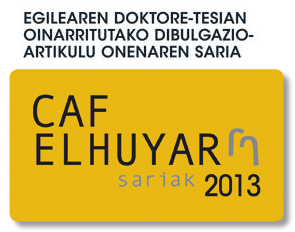 400
400
The protagonism of the anchovies in the Gulf of Bizkaia during the last decade, comes from the hand of the Basque fishermen. However, beyond the anchovies, in general it has been revealed the decrease of the quantity of fish available in the sea, which has directly influenced the activity of the fishermen. Fishing research has shown us that, on the one hand, climate change and, on the other, excess fishing, the situation of fishing can worsen in the future if we do not care for the marine ecosystem. Thus, knowing the functioning of the ecosystem is of vital importance to ensure sustainable fishing, taking into account that the knowledge we have about it remains limited in many aspects. For example, it is known that the main species of pelagic fish have zooplankton as the main source of food, and that changes in abundance and composition of zooplankton derived from climates and oceanographic structures can directly affect the recruitment of fish. Therefore, it can be affirmed that the alteration of the composition and abundance of fish food, to the extent that it directly affects the trophic chain, can have tragic consequences in the abundance and diffusion of fish.
In this sense, the main objective of this thesis is to analyze what the main minor pelagic species present in the Gulf of Bizkaia eat. Thus, in addition to the determination of the diet, the possible limitations and competitiveness of fish in the diet have been analysed, establishing superpositions of diet according to the space and time that are considered essential in the survival of the population of these species and, therefore, in the regulation, and the interactions between species. It is the first time that an investigation of this type is carried out in the Gulf of Bizkaia, in which about 800 fish stomachs have been opened, in which more than 90,000 prey have been individually identified and measured more than...
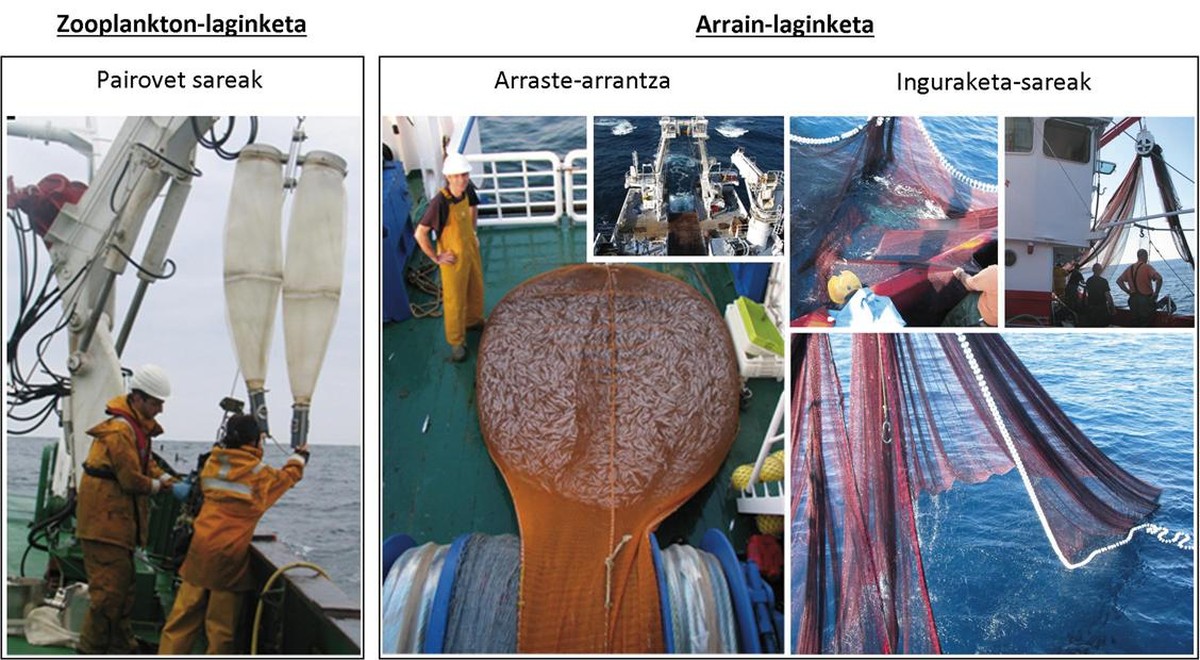
Paradox of the feeding of juvenile anchovy
As mentioned above, although the European anchovy has received the greatest interest in scientific research during the ban on the fishing of this species (2005-2010), in this period it is the first research that studies the trophic ecology of the anchovy in the Gulf of Bizkaia. In this way, it has been proven that juveniles of anchovy present a particular food behavior, without needing to deepen the characteristics of their diet. In fact, between 2003 and 2010, in autumn, analyzing the weight of the stomach of the young anchovies taken for samples (degree of filling of the stomach according to zones), both outside the continental shelf and in the continental slope, since the lowest available zooplankton concentration, the weight of the stomach of the young anchovies is greater (measured this weight with respect to the total weight of the fish) than inside the continental shelf.
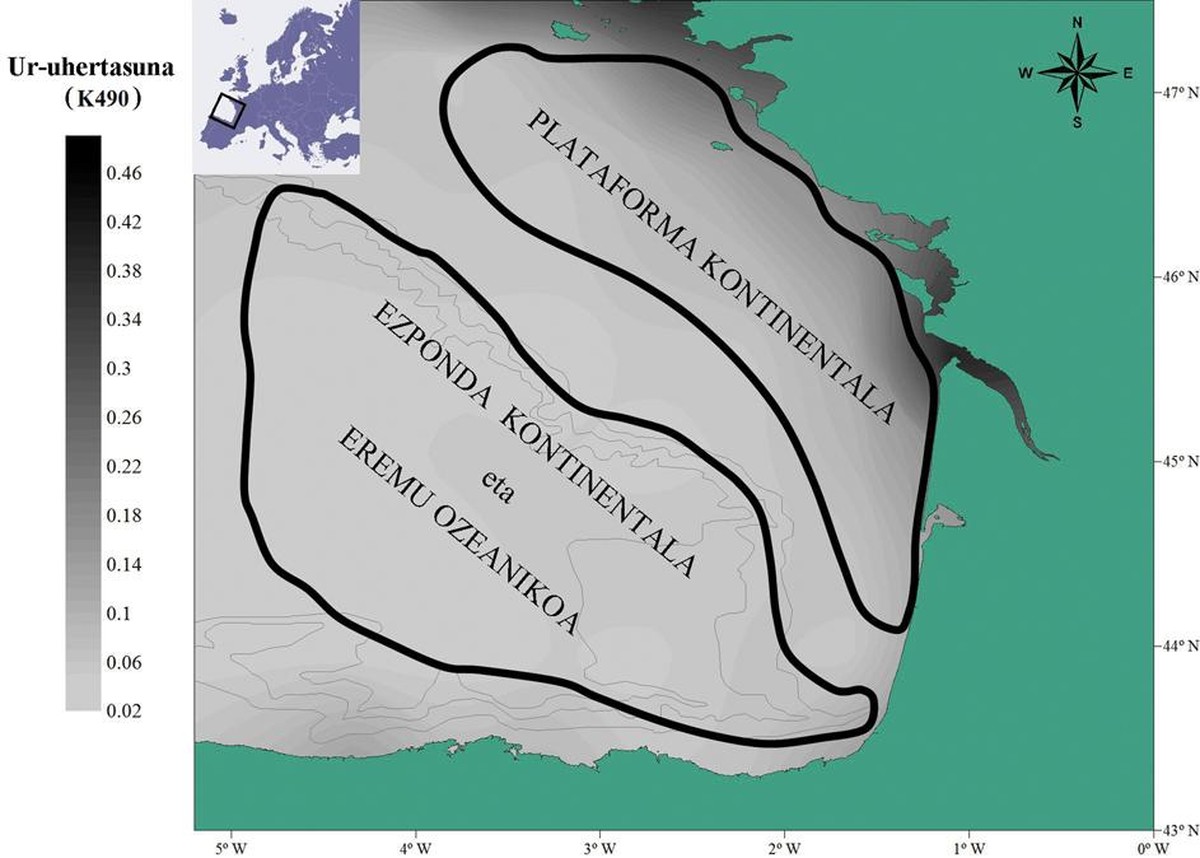
But, how could the first two areas be mentioned, despite having less food? On the one hand, because since the water in the area is not so turbulent, the big zooplankton can be more easily trapped, which seems more interesting energetically, and on the other, because it increases the possibility of escaping the young people from anchovy of the dams. In addition, it seems that the high degree of gastric filling (high weight) can be an indicator of good biological status, which can greatly contribute to the winter survival (recruitment) of the juvenile anchovy stock.
However, the information provided by the weight of the stomachs is useful but, on the other hand, limited, by the opening of the stomach of the fish and by the differences that have been observed between species is of special interest. Let us therefore analyze the diets of the main pelagic species considered in the oceanographic research campaigns of the years 2008 and 2009 (BIOMAN, ECOANCHOA, PELACUS, JUVENA) from May to September and during the day and night in the different geographical areas of the Gulf of Bizkaia.
Fish catches: many small, few large
Whatever fish have at their disposal in the sea, if it is accessible by mouth, do they eat it? Yes. This question seems simple. But, what would we suggest if we said that big fish eat mainly small prey? In fact, the anchovies of the Gulf of Bizkaia ( E. encrasicolus ), the sardines ( S. pilchardus ), the black or Atlantic chicharros ( T. trachurus ), the white or Mediterranean chicharros ( T. mediterrus ), the Atlantic verdel ( S. scorrelus ), the chopels ( Bogs. Colias ), the environment of the competition for food ( Sellés ( Ratos ( Ratos ) and Ratos ( ). On the other hand, both the size of catches and catches can partly determine their biology and ecology. In this sense, the results of this study have shown that a high width of mouth with respect to body size does not have to limit the size of the dam/dam or the distribution of the biomass ratio. According to this, predators capture prey of the entire range of available sizes, including those of smaller size, and, as they grow, add greater prey to their diet, provided they can be captured. Therefore, a high degree of overlap is observed in the composition of the diet, even between fish of different size. Thus, chicharros are the only ones that seem specialized in large dams.
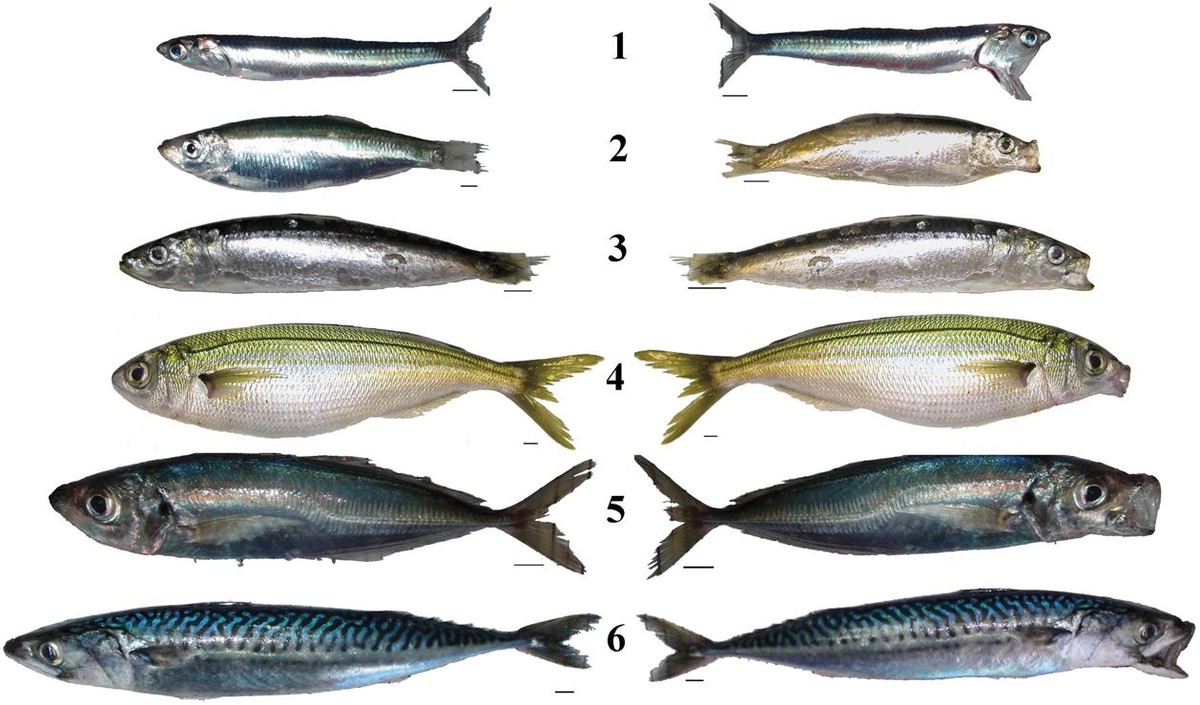
The fish menu does not depend on its size
Differences between the diets of small pelagic fish can also be studied according to differences in food behavior associated with the possibility of obtaining prey. The zooplankton of each sampling point (water samples taken with the Nozovet nets) has been compared with the stomach content of the native fish, and the results indicate that the fish sharing the same pit feed from the same food source and that their feeding is mostly composed of small zooplankton (for example, copepods). In fact, the largest chicharros and verdel, for example, eat the same species of prey as the smaller anchovies. As for the consumption of large dams (for example, eufausiaceae, decapods and misids) that require greater effort for fish, this predator has been observed more frequently in cases of black and white chicharro, as well as in cases of verdel atlantic and makaela. Therefore, we could say that the two mentioned species seem to dominate the rest, such as anchovy, sardine, boga and gypsy sardine, as they show a greater tendency to capture large dams, especially during the night.
In addition, as seen in the case of young anchovies, these results suggest that visual limitation can play an important role in the success of fish in predation. However, since the diet is mainly composed of organisms of small relative size, the diets are similar in terms of the species ingested. However, according to the composition of the diet, a high degree of overlap can be seen between small pelagic fish, which varies depending on the species, size, time and geographical area of the prey. On the other hand, it seems that the zooplankton available at sea limits the diversity of the ingested catches, rather than the preferences of the fish towards the prey. Of the eight species investigated, the largest superposition of the diet is among the three species of clupeids (anchovy, sardines and gypsy sardine), and anchovies have a higher food activity than gypsy sardines compared to relatively large dams. However, dietary overlap doesn't have to involve food competition, at least as long as food is left, especially if we talk about small zooplankton (eg, copepods).
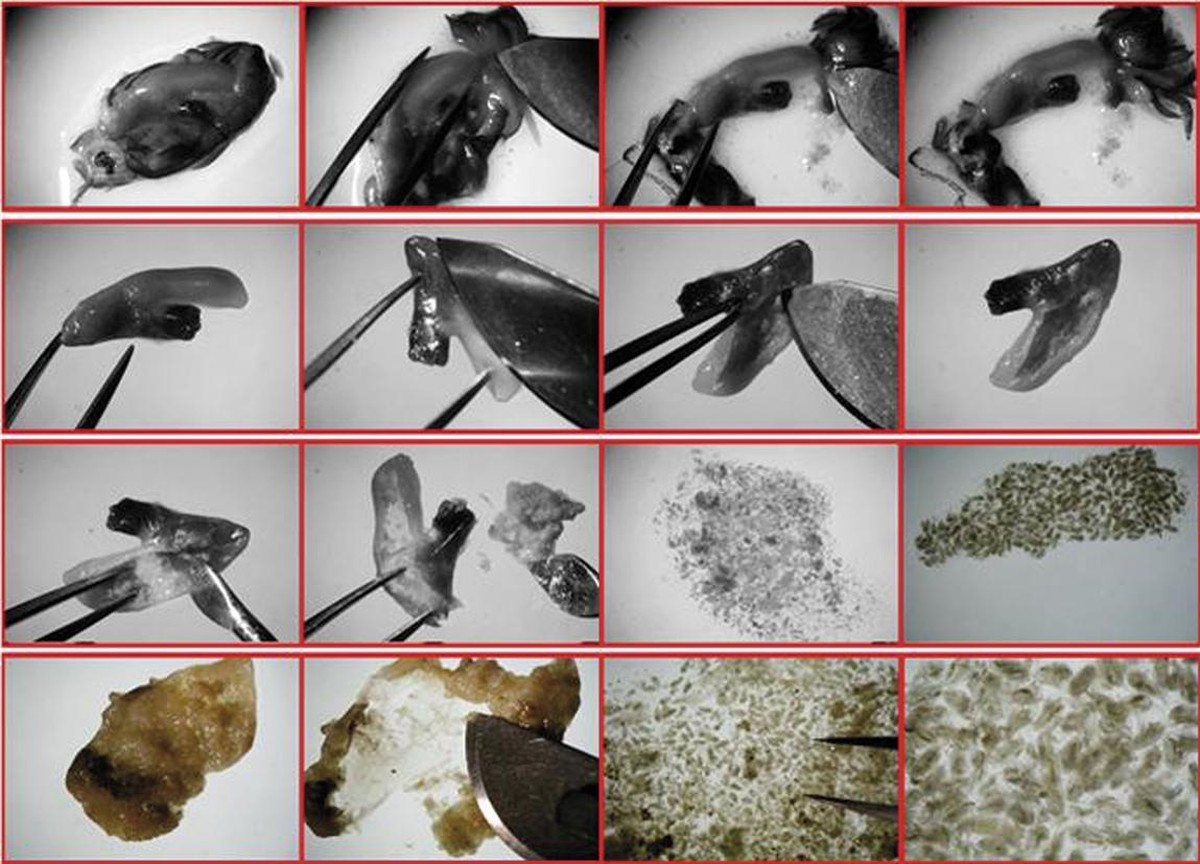
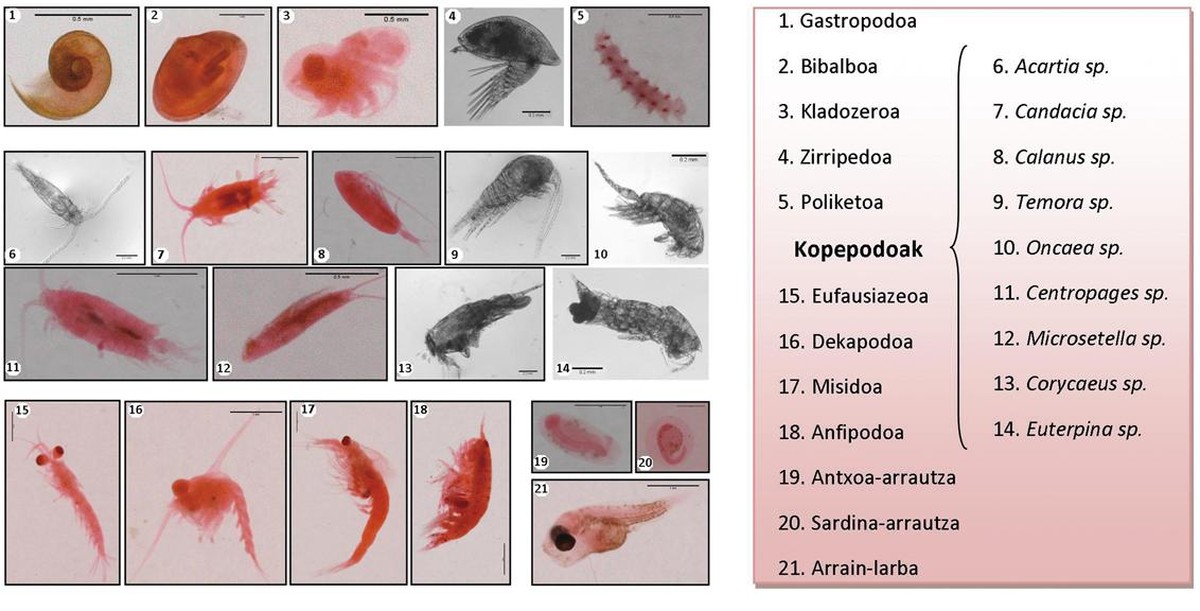
Ecological influence of the trophic chain on anchovies
What has been exposed so far can put into doubt the usefulness of this research for the management of fishing, since the simple knowledge of what fish eat does not seem to serve to guarantee the sustainability of the fish population. However, the interactions between predators and, in particular, among predators, are at present the main theme of fishing research, since the knowledge of the dynamics of fish stocks can guarantee the effectiveness and sustainability of the future fishing. Why? Let's see it.
The zooplankton, the fish eggs and the premature larvae of the pelagic fish are planktonic and, consequently, potential prey for the fish species competing with their parents for acquiring food (what we call "predation among competitors"). Both cannibalism and predation among competitors have been considered by previous studies as mechanisms of regulation between species in competition. Taking into account this, it has been estimated the potential mortality rate of prepredation of the main minor pelagic species (including the predation of anchovies, which can be considered cannibalism) in the early stages of anchovy, that is, in the eggs and larvae of anchovies. The sampling for this study was carried out during the laying of the anchovy, so in the stomach of predators no larin was found. However, according to the number of anchovy eggs ingested by different species of fish, the results indicate that the predation of the clupeids and, in particular, of the sardines, can have a great influence on the survival of the anchovy eggs: the impact of sardine and verdel is superior to that which can cause black chicharro, white chicharro, bogas, gypsy sardine.
Thus, the results of 2008 suggest, for example, that about 33% of anchovy eggs were lost by predation of sardine, a value that stood at 37% if the predation of all the small pelagic species mentioned above was taken into account. It was also observed that these values can vary year after year. The frequency of cannibalism and predation between competitors can vary depending on the relative abundance of species of predators and prey, their concentration and the overlapping surface of the habitat. Therefore, we could say that the research carried out to study the recruitment of anchovy and advise on the stock should take into account the predation of anchovy eggs, since we now know that the feeding of pelagic species directly influences the mortality of anchovy in its early phase and therefore in its survival.
Bibliography Bibliography Bibliography




